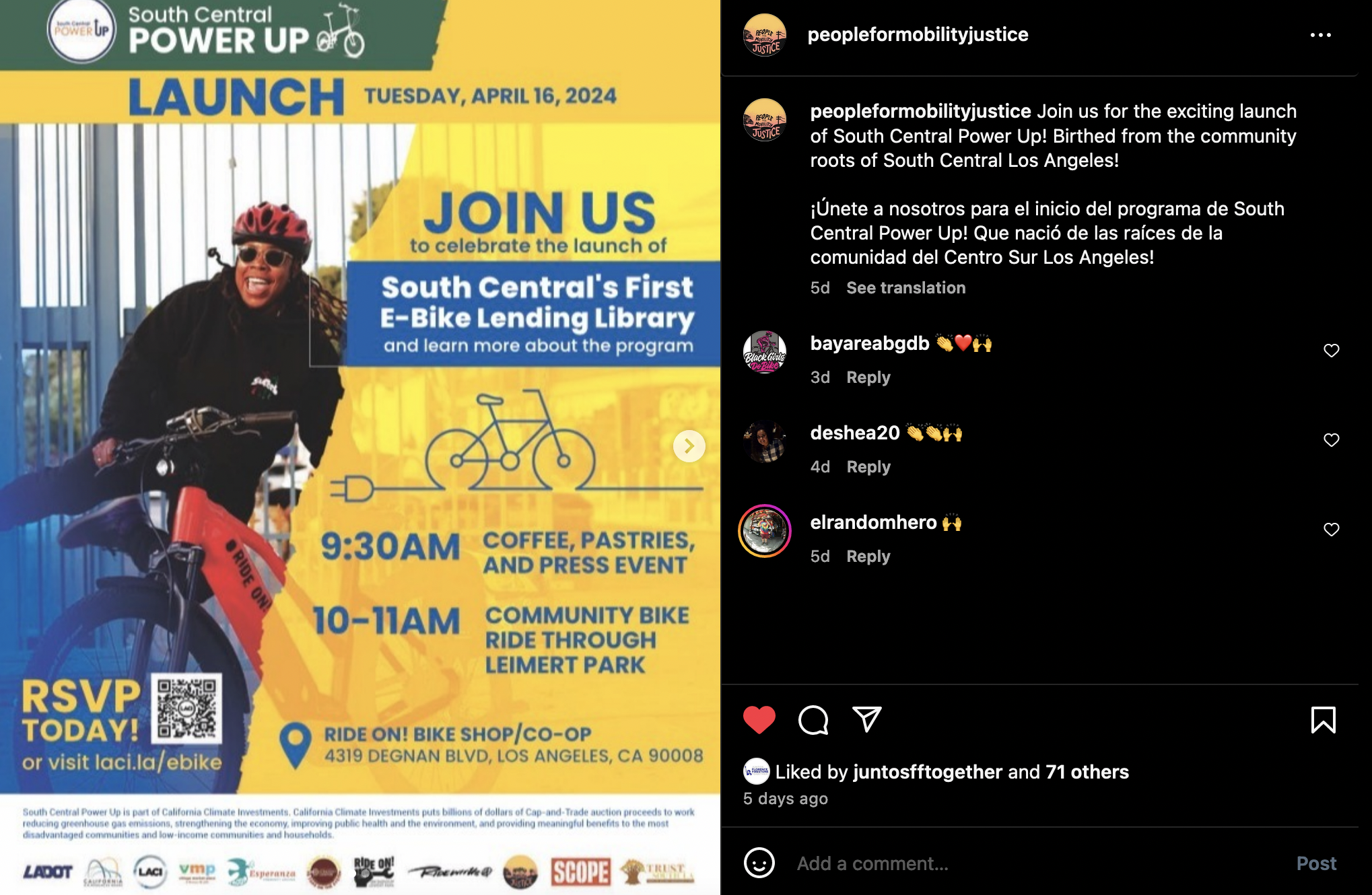California Transportation Commission: $538 Billion Needed to Maintain System
6:03 AM PDT on April 11, 2012

One of the things I do each year is read the California Transportation Commission Annual Report. I find it a useful snapshot of policy and operation issues for transportation in California. Intriguingly the 2011 Report's introduction mentions a statewide transportation needs assessment the Commission released late last year. Over 10 years ago the Commission undertook a similar assessment in response to legislation (Senate Resolution 8 [1999]). That document has withstood the test of time and years after it was issued I would see it still being cited in media coverage of transportation funding needs for California.
The rationale for the new assessment is laid out in the introduction:
The goal of this report is to detail what is needed for California’s transportation system and how we can pay for it. The report, therefore, allows transportation agencies and stakeholder groups to provide a consistent message to decision makers on these important subjects.
One of my first thoughts was this effort may have been what the Governor had in mind when he vetoed creation of the Blue Ribbon Committee last year.
Certainly the magnitude of the need and the challenges the state shortfall in transportation investment presents are daunting:
The total cost of all system preservation, system management, and system expansion projects during the ten-year study period is nearly $538.1 billion. Of this total, the cost of system preservation projects (both rehabilitation projects and maintenance costs) during the study period is $341.1 billion. It should be emphasized that the costs for system preservation contained in the report are based on the goal of meeting accepted standards that would bring transportation facilities into a “state of good repair” within the tenyear study period. These goals would lead to higher levels of investment in system preservation than are typically reflected in existing transportation plans and capital improvement programs.
The cost of system management projects and system expansion projects over the same period is estimated at $197 billion.
Quietly the Commission has been reaching out over the past few months to key stakeholders such as Mobility 21 and the Southern California Association of Governments (SCAG). In January the Senate Transportation and Housing Committee held an informational hearing
The Associated General Contractors in testimony before the Assembly Budget Subcommittee on Transportation expressed support for the assessent's findings.
Strangely it has gotten nary a word in the blogsphere I am aware of and only one article in mainstream media, a piece in the San Jose Mercury News when the report was released.
To ascertain the status of the assessment and plans for outreach I contacted Annette Gilbertson, Associate Deputy Director for the Commission
Gabbard: Besides SCAG have similar efforts been made to share the findings with other key stakeholders?
Gilbertson: The Commission's Chair and Executive Director have been invited by a few regional transportation planning agencies and stakeholder groups to speak about the needs assessment report during their meetings. Commission members and the Executive Director have attended meetings with the Governor's Office staff and legislative members. Stakeholders have shared this information with their boards, committees, etc. as appropriate.
Gabbard: What was the response at the January hearing of the Senate Transportation and Housing Committee?
Gilbertson: The hearing went very well. The next steps were discussed. Over the next six months attention will be directed at
identifying process and regulatory improvements and possible funding scenarios to present to the Governor of California, the California
Legislature and the California Congressional Delegation. The Commission will be pulling together our transportation stakeholders to thoroughly vet policy recommendations.
Gabbard: Is a similar hearing with the appropriate Assembly Committee planned?
Gilbertson: We have not yet heard if the Assembly Committee on Transportation will be scheduling a hearing.
Gabbard: Was a press conference held to announce the findings? How else is the Commission doing outreach - meetings with editorial Boards, briefings of Councils of Governments, Metropolitan Planning Oranganizations, County Boards of Supervisors, City Councils, Tribal elders, etc.
Gilbertson: No press conference was held to announce the findings. As part of the next steps a communications plan will be developed. Upon the acceptance of the report by the Commission at its December 2011 meeting, the report was posted to the Commission's web site and emails alerting interested stakeholders (including key legislative members and their staff) that the report was available.
Obviously issuing the report is merely the start of a process to have its findings absorbed by the various interested parties and begin grappling with what solutions are feasible. As new California Transportation Commission (CTC) Chair Joseph Tavaglione recently summarized the task ahead, "... the Commission’s attention will now be directed at identifying process and regulatory improvements and possible funding scenarios to present to the Governor of California, the California Legislature and the California Congressional Delegation. The Commission will be pulling together our transportation stakeholders to thoroughly vet policy recommendations." Given various constraints that isn't going to be easy or happen quickly.
Stay in touch
Sign up for our free newsletter
More from Streetsblog Los Angeles
Metro Looks to Approve Torrance C Line Extension Alignment
Selecting the relatively low-cost hybrid alternative should help the oft-delayed South Bay C Line extension move a step closer to reality
This Week In Livable Streets
CicLAvia returns to Venice Boulevard, Metro board committees, L.A. City Council Transportation Committee, Metro budget theater, and more




